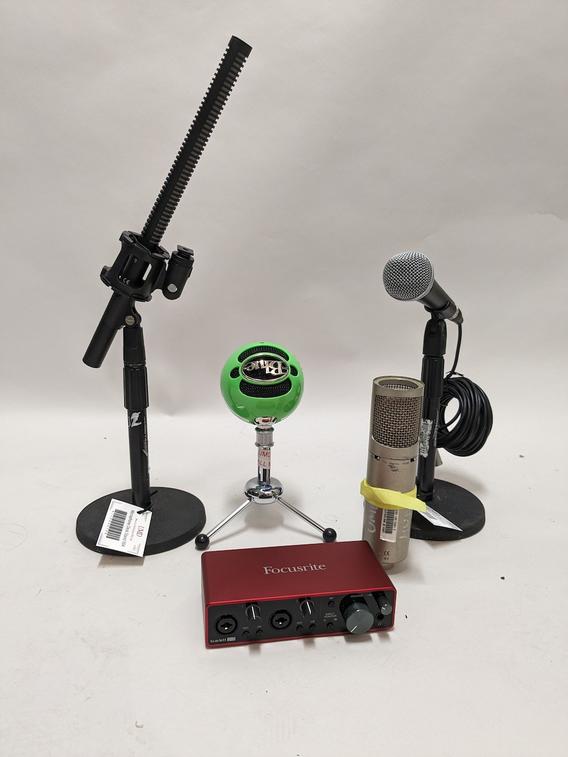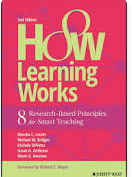1. Audio recording assignments

Did you know you can give students the option of sharing audio files in Canvas discussions and assignments? You can accept an Kaltura audio submission, or a link to Google Drive or YouTube. It doesn’t have to be fancy or specialized!
Exploring ideas for producing audio recordings and podcast episodes? Check out the MediaHub Audio + Podcasting Resources which includes resources for audio storytelling, sound recording options, production, hosting options, royalty-free music, and podcast courses and video tutorials.
To improve the quality of your recording, consider checking out the MediaHub’s selection of recording devices now available for order online.Search for a Zoom Audio Recorder, Snowball Microphone, and reserve one today.
2. Viewing Video: Kaltura Stream or MP4 downloads?

On occasion, instructors will upload an mp4 video file in their Canvas course. If a student wants to view the video, they will need to download and open the file before viewing it. This can be time consuming and create a barrier for students to access and view the video.
Save time, increase access, and create a repository for the course (and for future courses) by using Kaltura - the University’s media management platform. It's a great way to store recorded lectures, course feedback, and YouTube videos for a course.
Kaltura automatically optimizes video and audio files for use with any device and has automated captioning. And there is a new plugin that automatically can upload recorded Zoom Sessions.
3. How Learning Work: new edition addresses inclusive course design

How Learning Works: 8 Research-Based Principles for Smart Teaching was recently released and includes a new chapter titled “Why Do Students’ Identities and Stages of Development Matter for Learning?”The core principle of this chapter:
Students differ from each other on multiple dimensions - for example, in their identities stages of development, and personal histories - and these differences influence how they experience the world and, in turn, their learning and performance.
This welcome new addition addresses inclusive course design and teaching strategies that help instructors support students’ different identities and encourage student development.
This ebook is available from the Kathryn A. Martin Library as an unlimited e-book
Share Often, Share Widely
3#ThingsWorthSharing is curated and created through many conversations with many instructors and support staff from the UMD Teaching and Learning community. This edition is written by Adam Brisk, Academic Technologist, and Karen Jeannette, Instructional Designer.
- Join us at our next #ThingsWorthSharing Gathering on Wednesday, November 29⋅10:30 am to 12:00 pm. in Kirby Plaza 175
- Share your own Thingworthsharing with us.
- Explore prior posts in #ThingsWorthSharing
